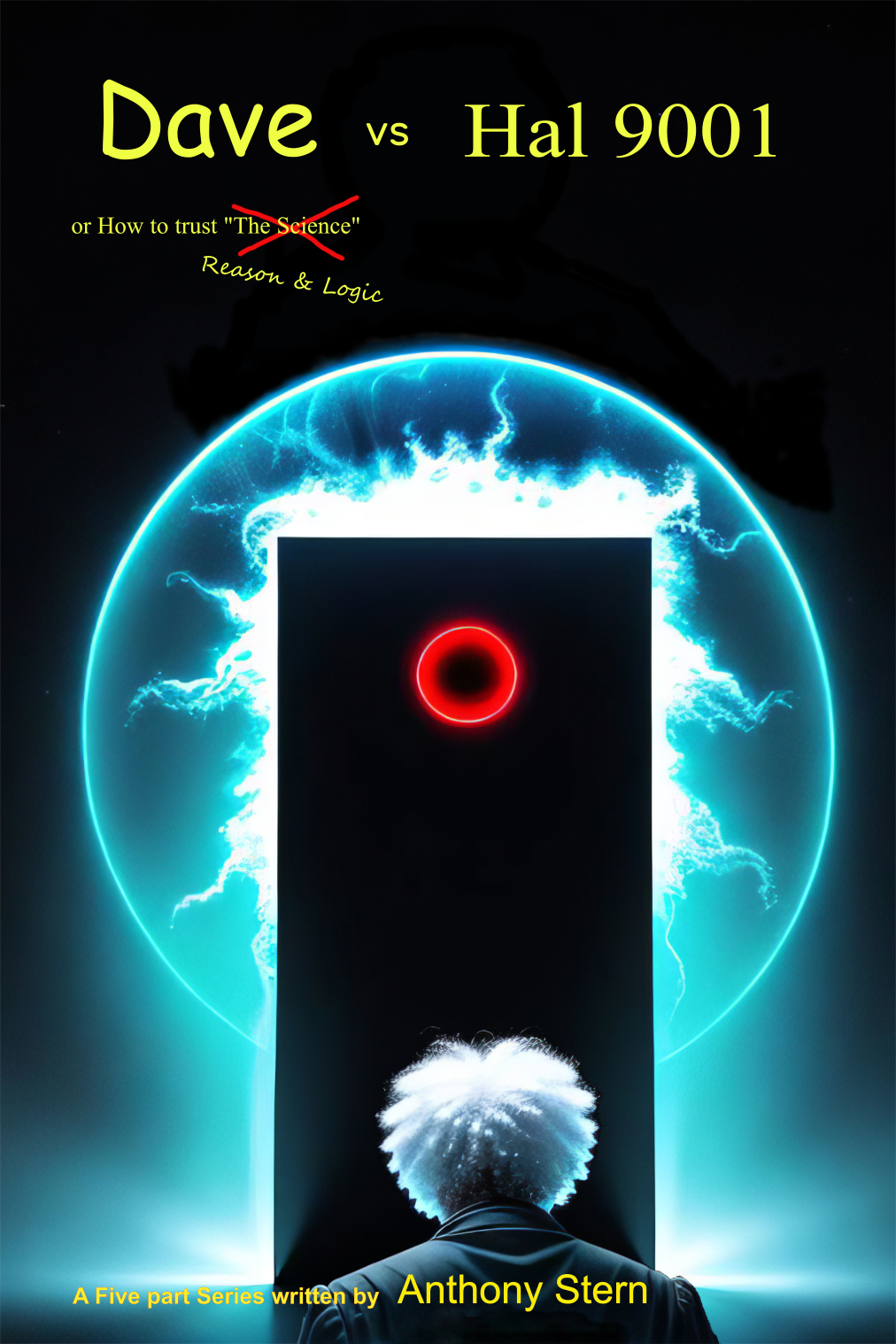I've read that a distant observer watching matter fall into a black hole will see the matter get closer and closer to the horizon but never reach it. At the same time, the black hole is producing Hawking radiation and will vanish in a finite amount of time. Therefore, the observer should see the black hole vanish before they see the infalling matter cross the horizon. If the observer, the infalling matter, the velocity of the infalling matter, and the center of the black hole are collinear, then the final flash of radiation that the observer sees will pass right through the infalling matter. This implies that, before (from the perspective of the infalling matter) the infalling matter reaches the horizon, the mass will disappear, the horizon will disappear, and the infalling matter will end up in flat spacetime rather than cross any horizon.
The Wikipedia article https://en.wikipedia.org/wiki/Vaidya_metric gives an equation relating coordinates to distances (equation 6 on the current version of that page) when radiation with a non-negligible amount of energy is escaping the black hole:
ds² = -(1 - 2M(u)/r) du² - 2 du dr + r² (dθ² + sin² θ dφ²)
(I assume c = G = 1)
For a distant observer at rest with respect to the black hole, this becomes
ds² = -(1 - 2M(u)/r) du²
with the coefficient of du² approaching -1 as r goes to infinity. From this I infer that the time that an observer at infinity measures between observations of two events is the difference between the u-coordinates of those events.
From https://en.wikipedia.org/wiki/Hawking_radiation#Black_hole_evaporation the time (as measured by an observer at infinity) for a black hole to evaporate is
tₑᵥ = 5120πG²M³/ℏc⁴
= 5120πM³/ℏ
therefore, M = ∛(ℏtₑᵥ/5120π)
Let u=0 be the u-coordinate at which the black hole vanishes. Therefore, to an observer at infinity, for a given value of u less than zero, the time until evaporation tₑᵥ = 0 - u = -u. Therefore,
M(u) = ∛((ℏ/5120π)(-u)) when u < 0, or 0 otherwise
To shorten the metric equation, let
r′ = 2r
dΩ² = dθ² + sin² θ dφ²
ℏ = 80π
Then, for u < 0,
2M(u) = 2∛((1/64)(-u)) = -(∛u)/2
Substituting into the metric equation,
ds² = -(1 - (-∛u/2)/(r′/2)) du² - 2 du d(r′/2) + (r′/2)² dΩ²
= -(1 + ∛u/r′) du² - du dr′ + r′² dΩ²/4
At the horizon, the equation r = 2M becomes
r′/2 = -∛u/2
r′ = -∛u
∛u/r′ = -1
Therefore, at the horizon,
ds² = -(1 - 1) du² - du dr′ + r′² dΩ²/4
ds² = -du dr′ + r′² dΩ²/4
For a timelike interval,
0 > ds² = -du dr′ + r′² dΩ²/4
du dr′ > (r′ dΩ/2)²
The right-hand side of this inequality is the square of a real number and therefore must be nonnegative, so the left-hand side must be positive. This implies that, at the horizon, if du is positive (that is, going forward in time), then dr′ must be positive (that is, away from the center of the black hole). So, not only can matter not enter the black hole through the horizon, but any matter passing through the horizon is doing so from the inside of the black hole to the outside. Therefore, all infalling matter must stay outside the horizon until the black hole vanishes.
Anyway, my country has just become a fascist dictatorship, so I'm just putting this out there so I, A. G. Marut, can be remembered for something (if only my proof because the conclusion was already known) after they come for me in the Niemöllerian sense.
